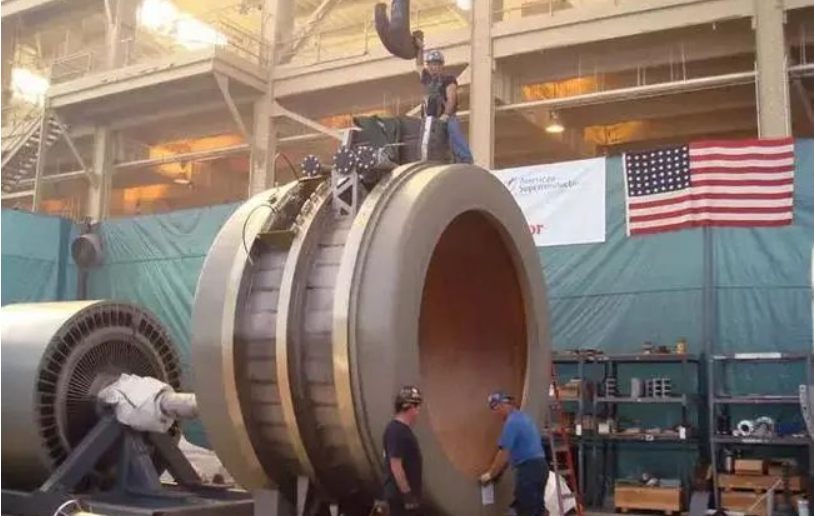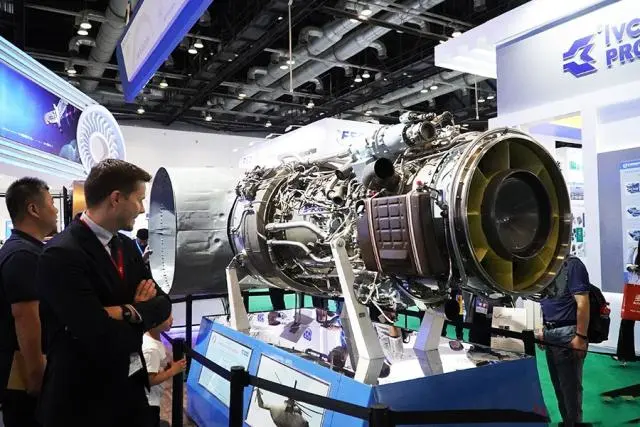Northrop Grumman, one of the U.S. military giants, has successfully tested the most powerful electric motor for the U.S. Navy, the world’s first 36.5-megawatt (49,000-hp) high-temperature superconductor (HTS) ship propulsion electric motor, twice as fast as the U.S. Navy’s power rating test records.
The motor uses coils of high-temperature superconducting wire, and its load capacity is 150 times that of similar copper wires, which is less than half that of conventional motors. This will help make the new ships more fuel efficient and free up space for additional combat capabilities.
The system was designed and built under a U.S. Office of Naval Research contract to demonstrate the effectiveness of high-temperature superconducting motors as the primary propulsion technology for future Navy all-electric ships and submarines. Naval Sea Systems Command (NAVSEA) funded and led the successful testing of the electric motor.
The U.S. Navy has invested more than $100 million in the development of high-temperature superconducting technology, paving the way not only for naval ships, but also commercial vessels, such as tankers and liquefied natural gas (LNG) tankers, which can also utilize Space and efficiency benefits of high-temperature superconducting engines.

Load tests demonstrate how the motor behaves under stress and operating conditions while powering a vessel at sea. The final development phase of the motor provides engineers and marine propulsion integrators with important information on the design options and operating characteristics of the new superconductor motor.
Notably, the high-temperature superconducting motor developed by AMSC has not changed significantly in terms of basic motor technology. These machines work in the same way as conventional electric machines, gaining their substantial advantages by replacing copper rotor coils with high-temperature superconducting rotor coils. HTS motor rotors run “cold,” avoiding the thermal stresses that conventional motors experience during normal operation.
The inability to achieve proper thermal management has been a key hurdle in developing the power-dense, high-torque electric motors required for naval and commercial marine applications. In other advanced high-power motors, stress caused by heat often requires expensive motor repair and refurbishment.
The 36.5 MW (49,000 hp) HTS motor spins at 120 rpm and produces 2.9 million Nm of torque. The motor is being specifically designed to power the next generation of warships in the U.S. Navy. Electric motors of this size also have direct commercial use on large cruise ships and merchant ships. As an example, two 44 MW conventional motors are used to propel the famous Elizabeth 2 cruise ship. The motors weigh more than 400 tons each, and the 36.5-megawatt HTS electric motor will weigh about 75 tons.
Post time: Aug-01-2022

